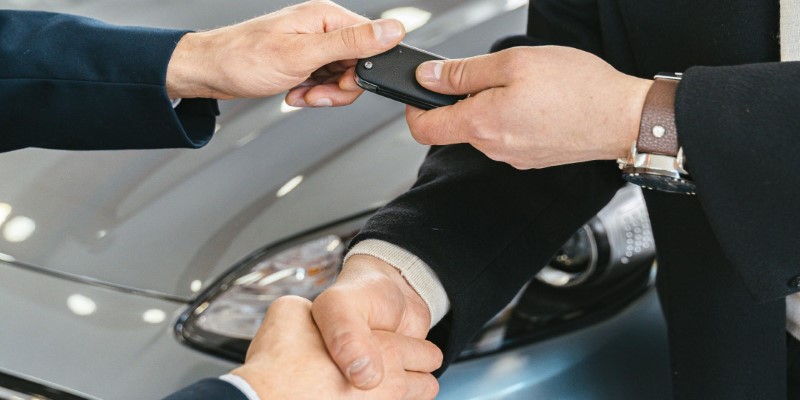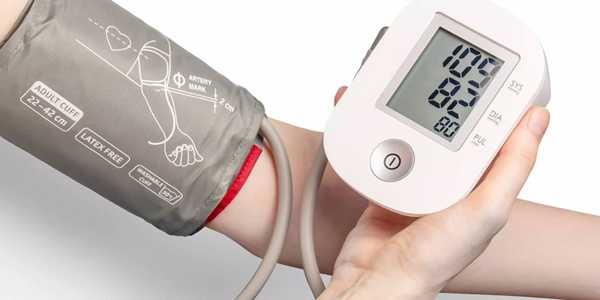What To Know About Gap Insurance And If You Need It
When purchasing a car, one of the last things you might think about is what happens if your vehicle is totaled or stolen. While standard car insurance will cover the cost of repairing or replacing your car, there’s a gap between what you owe on your car loan and its actual cash value (ACV)—and that’s where gap insurance comes in. But is gap insurance something you actually need? Let's dive into what gap insurance is, how it works, and whether it's worth the cost for you.
What Is Gap Insurance?
Gap insurance is a supplemental auto insurance policy designed to cover the difference, or "gap," between the actual cash value of your vehicle and the amount you still owe on your car loan or lease. If your car is totaled or stolen, your regular car insurance policy will reimburse you for the car's current market value, which is often lower than what you owe on your loan or lease. This discrepancy between the car’s value and what you owe is the gap that gap insurance covers.
Why Gap Insurance Might Be Necessary?
For certain types of car buyers, gap insurance can be incredibly useful, especially in situations where the car is still new or the loan is significant. Here's why you might need it:
You Have A New Car Or Lease
New cars depreciate quickly, losing value as soon as you drive off the lot. In the first few years of owning the car, your car’s value will drop faster than the loan balance is paid down. This creates a significant gap between what your car is worth and what you owe. If your car is totaled during this period, gap insurance can save you from paying off a loan for a vehicle you no longer have.
For leased vehicles, gap insurance is typically included as part of the lease agreement. However, if it's not, you may want to purchase it separately because, in the event of a total loss, the lease company could still expect you to pay the difference between the value of the car and what you owe.

You Made A Small Down Payment
If you made a small down payment on your car, you’re likely financing a larger portion of the vehicle’s value. In this case, the amount you owe could be greater than the vehicle’s actual cash value, especially if you didn’t purchase the car outright. A small down payment increases the risk of having a gap in coverage, making gap insurance particularly useful in these situations.
You Have A Long Loan Term
Longer loan terms, such as 60 or 72 months, might seem appealing because they lower monthly payments. However, with a longer term, you’ll be paying off the car more slowly. This means that during the first few years of the loan, you might owe more than the car’s market value. If the car is totaled before the loan balance is lower than the car’s value, gap insurance will cover the difference.
You Have A High Interest Rate
If your loan has a high interest rate, you might owe more than the car’s value in the early stages of the loan term. This can happen when interest payments outweigh the reduction in the loan principal. As a result, gap insurance is important in these situations because it ensures you’re not left paying a large amount after a total loss.

When You Might Not Need Gap Insurance?
Gap insurance isn’t necessary for everyone. For certain car buyers, it may not be worth the cost. Consider the following situations where you might not need gap insurance:
1. Your Car Is Older
As your car gets older, its depreciation slows down. By the time your vehicle is three to five years old, the difference between what you owe and the car’s market value should be smaller. If your loan balance is nearly paid off, gap insurance becomes less useful. In these cases, you’re more likely to receive a payout from your regular insurance that’s close to the value of the car, meaning you won’t have much of a gap to cover.
2. You Made A Large Down Payment
A large down payment means that you’re financing a smaller portion of the car’s total value. If you made a significant down payment, it reduces the likelihood of having a gap between the car’s value and the loan balance. If you’ve paid off a significant amount of your loan, gap insurance likely won’t be necessary.
3. You Have Sufficient Emergency Savings
If you have substantial savings or an emergency fund, you might be able to cover the difference between your car’s value and what you owe in the event of a total loss. In this case, gap insurance might feel like an unnecessary expense, especially if you have the financial cushion to pay off your loan without it.

4. Your Insurance Includes New Car Replacement Coverage
Some insurance companies offer new car replacement coverage, which can be an alternative to gap insurance. This type of coverage typically applies to vehicles that are less than a year or two old and can help replace your totaled car with a new one of a similar make and model. If your regular insurance includes this feature, you may not need gap insurance.
Is Gap Insurance Worth It?
Gap insurance can be a lifesaver for car buyers who are financing a new car, have a long loan term, or have made a small down payment. It's a smart way to protect yourself financially if your car is totaled and you still owe money on it. However, if your car is older, you've paid off a significant portion of the loan, or you have other forms of coverage, gap insurance may not be necessary.
Before making a decision, evaluate your car's current value, the amount you owe, and your financial situation. If you decide gap insurance is right for you, shop around for the best deal and consider adding it to your regular insurance policy to save money.







